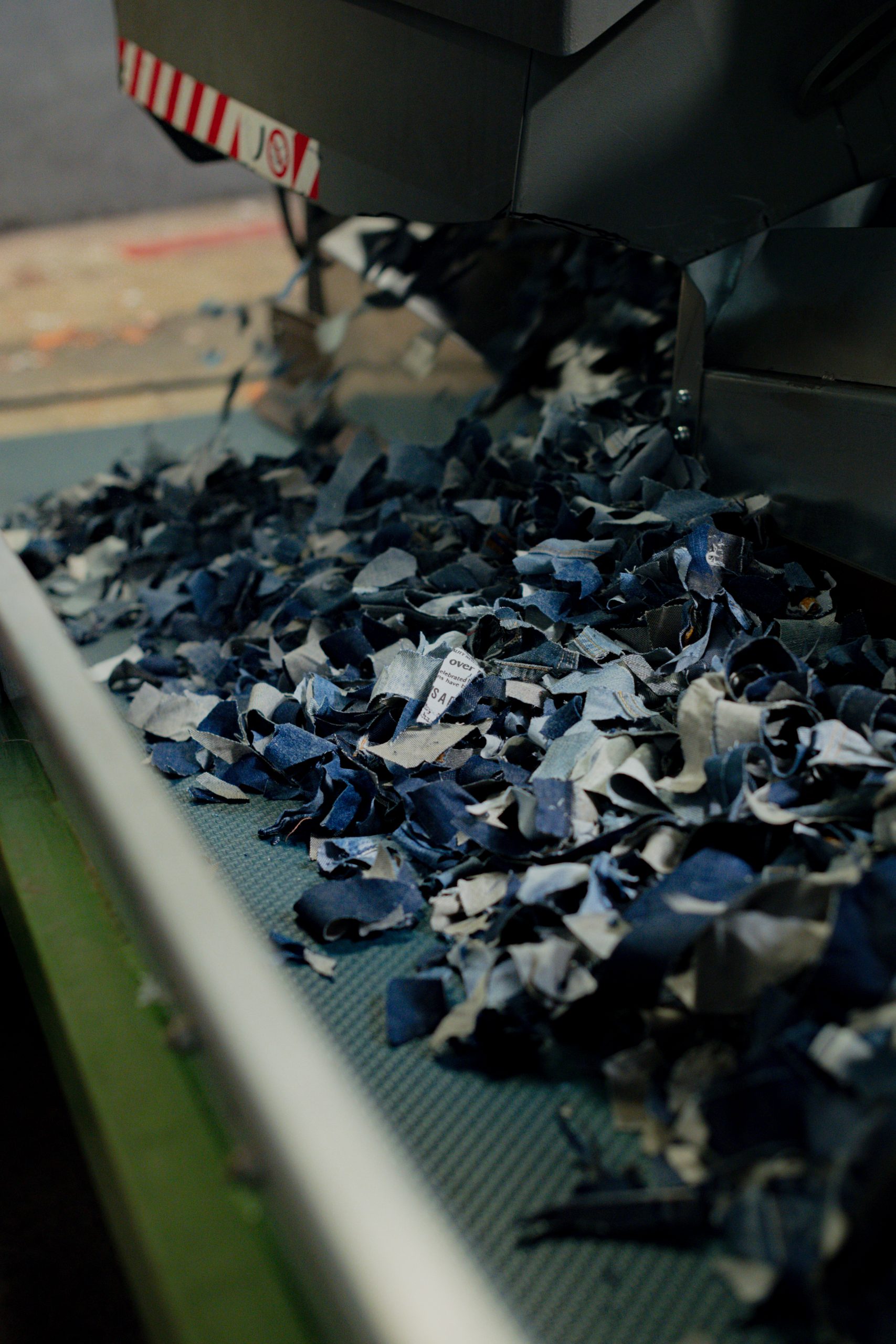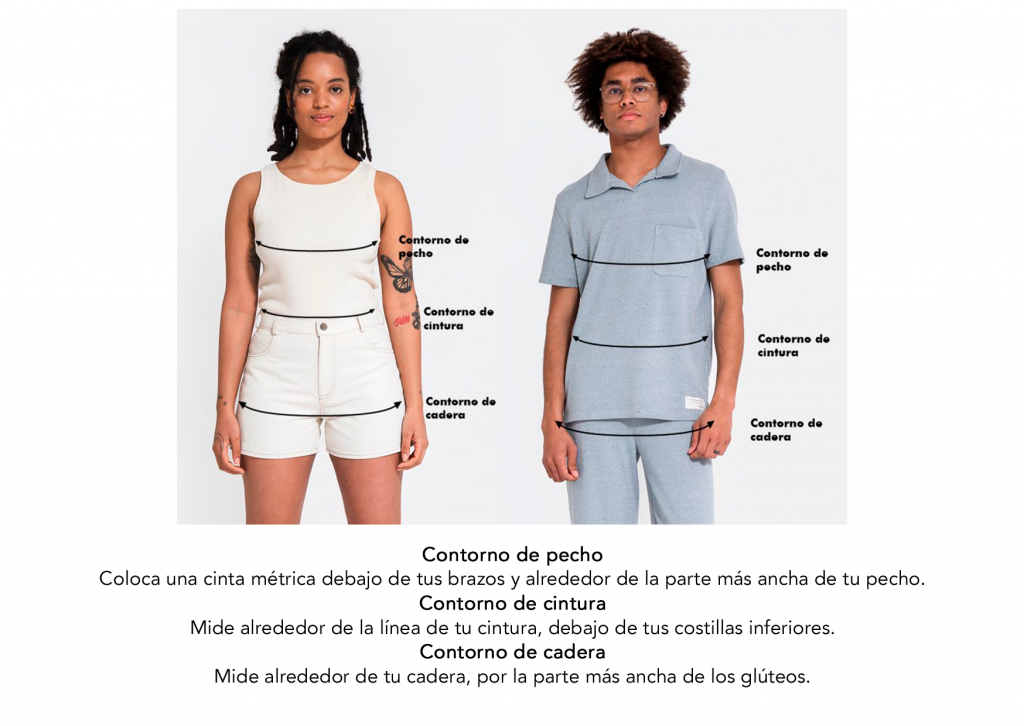No products in the cart.
Revisa la etiqueta de la camiseta que llevas puesta. ¿Cuántos materiales salen listados? Existe una gran posibilidad de que la tela haya sido tejida con una mezcla de distintas fibras, por ejemplo algodón y poliéster. (La lista hace referencia solo al tejido. No toma en cuenta cremalleras, botones ni el hilo usado para confeccionarla o posibles estampados que pueda llevar). Esto presenta uno de los mayores desafíos para el reciclaje textil.
Actualmente, menos del 1% de las prendas que se producen son recicladas para convertirse en ropa nuevamente. Debido a la creciente cantidad de materiales y mezclas en composición de los textiles, es un reto encontrar formas de separar las fibras de diferente origen para que puedan reciclarse a través de sus respectivos sistemas. El problema se encuentra especialmente en las mezclas de sintéticos (como el poliéster, elastano y spandex) con fibras naturales (como el algodón, viscosa y seda).

Por motivos de diseño, funcionalidad y costes, el poliéster se ha vuelto la fibra utilizada con mayor frecuencia. Al ser petroquímica, tiene unas propiedades muy distintas al algodón, pareja habitual del poliéster. El jean es el perfecto ejemplo. Paso de ser una prenda de 100% algodón a llevar regularmente hasta 10% de elastano. En los textiles, porcentajes tan bajos como 1% de elastano complican absurdamente la optimización de su reciclaje. El 87% de los materiales usados para la producción de ropa acaba en vertederos o incineradoras al final de su uso.
Es posible reciclar las mezclas mediante procesos mecánicos. Sin embargo, esto dificulta el control de la composición del material en los hilos resultantes. Además, la presencia de una fibra sintética en un tejido elimina completamente la característica de biodegradación. Y, a su vez, el contenido celulósico imposibilita el reciclaje químico de fibras sintéticas.
En resultado, a menudo se recurre a la mono-materialidad como principio para el diseño sostenible.
Mono-materialidad se refiere a la presencia de un único material en la composición del producto. En el caso textil, que sea de mismo origen es suficiente para facilitar el reciclaje de una prenda en el futuro. Es clave para la economía circular debido que las mezclas de materiales hacen que sea más difícil capturar el valor del material. Se busca alargar el tiempo de circulación de los materiales evitando extraer más recursos de los que se pueden regenerar, objetivo muy importante dentro de la economía circular.
Texto por: Roberta Lebed.




